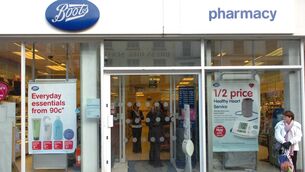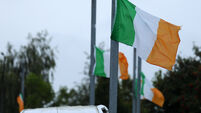200 fewer deaths with minimum €1 alcohol price
However, minimum pricing will also substantially increase the revenues of retailers, particularly supermarkets and shops, whose coffers will be boosted by almost €70m.
The research, conducted by the Sheffield University Alcohol Research Group, was commissioned by the Irish and Northern Irish governments as part of plans to introduce minimum pricing. These plans are on hold pending the outcome of a decision by the European Court of Justice on Scottish government plans — opposed by the drinks industry — to implement minimum pricing.













